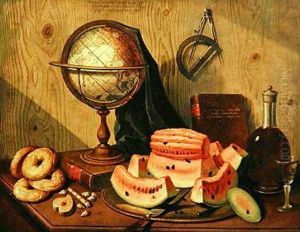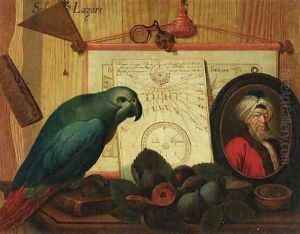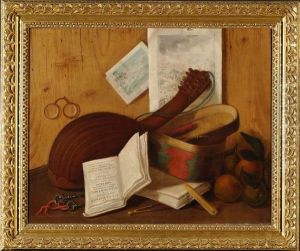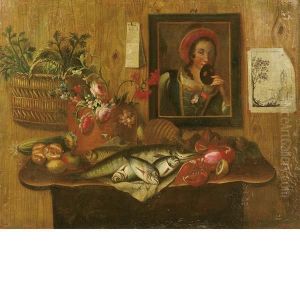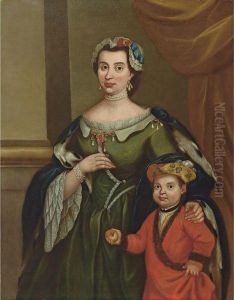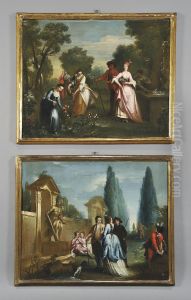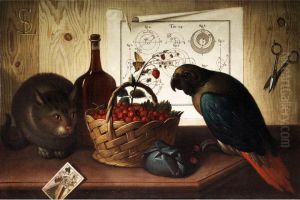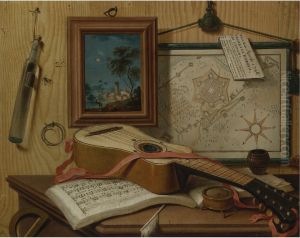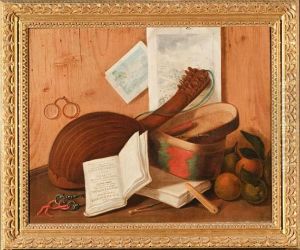Sebastiano Lazzari Paintings
Sebastiano Lazzari, better known as Sebastiano del Piombo after his later appointment to an ecclesiastical position, was an Italian painter during the High Renaissance and early Mannerist periods. Born in Venice in 1485, Sebastiano was initially trained in the Venetian school, which was noted for its colorism – a style that would remain evident in his work throughout his life.
Sebastiano's early works in Venice display the influence of Giorgione, with whom he might have collaborated on certain paintings, and Giovanni Bellini. However, Sebastiano's career took a significant turn when he moved to Rome in 1511. There, he became a close associate of Michelangelo, who provided him with drawings and designs to incorporate into his paintings. This collaboration deeply influenced Sebastiano's style, as he began to incorporate the Roman High Renaissance's emphasis on anatomical precision and sculptural form into his work.
Sebastiano's notable works from this period include 'The Raising of Lazarus' (commissioned by Cardinal Giulio de' Medici), which showcases his ability to blend Venetian colorism with the powerful forms inspired by Michelangelo. His adeptness at portraiture is also evident in works such as 'Portrait of a Humanist' and 'Portrait of Pope Clement VII'. His religious and mythological scenes, such as 'The Martyrdom of Saint Agatha' and 'The Flagellation of Christ', are also celebrated for their emotional impact and mastery of chiaroscuro.
In 1531, Sebastiano was appointed to the position of 'piombatore' (keeper of the lead seal) at the Vatican, which earned him the nickname 'del Piombo'. This position brought him a steady income and a certain level of prestige, but it also led to a decline in his artistic output. Despite this, he continued to receive important commissions, including frescoes for the church of San Pietro in Montorio in Rome.
Sebastiano del Piombo's work represents a fusion of Venetian color and Roman form, making him a unique figure among his contemporaries. He was a bridge between the two greatest artistic centers of Italy during the Renaissance, and his legacy is one of synthesis and innovation. He died in Rome in 1547, leaving behind a body of work that continues to be admired for its emotional depth and technical mastery.

